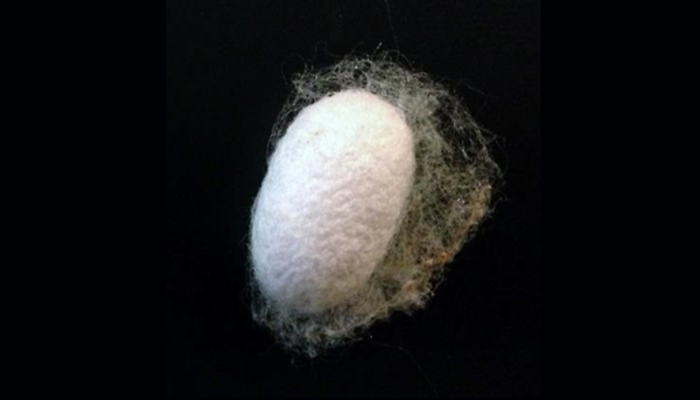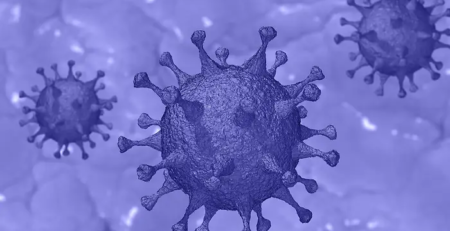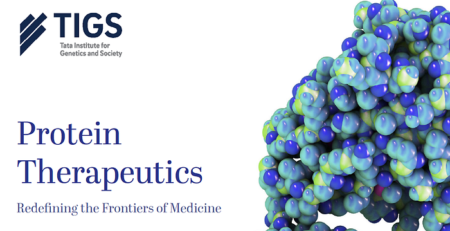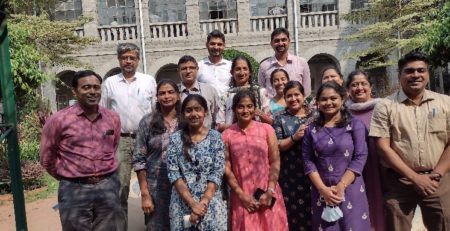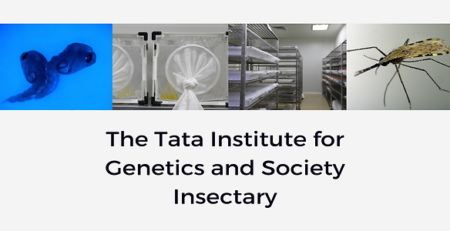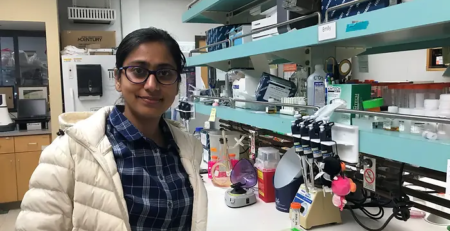Though man discovered the use of silk cocoons in textiles some 5000 years ago, every now and then silk offers us new surprises through its non-textile applications.
By Dr Arun Kumar, Scientist C, Central Muga Eri Research & Training Institute, Assam, Central Silk Board

The mulberry silkworm Bombyx mori, is the only completely domesticated insect. It has its life cycle fully controlled by humans, and it also totally depends on humans to complete its life cycle. Therefore, it is an appropriate model to test new biotechnologies at the field level. In the last two decades of this new millennium, unprecedented developments have taken place in three main areas of biotechnology, namely, omics technologies, transgenesis and genome editing. All three have been tried and tested in silkworms, including wild silkworms. The future of sericulture depends on how these are applied in addressing the long-standing problems in this field and also in diversifying the use of silk in non-textile applications.
Transgenesis protocol has been standardized in the domesticated silkworm and more than 1000 transgenic silkworm lines have already been developed using this technology. Commercial use of silkworms began in Japan in 2017 with the production of recombinant proteins and fluorescent silks.
Different recombinant proteins produced by transgenic silkworms are now commercially available in Japan. Recombinant proteins expressed by the silkworm are similar to the naturally expressed ones as they are biologically active and achieve useful levels of important posttranslational modifications. Efforts are being made for the approval of genetically modified silkworms for release in India. The first transgenic silkworm line in India was developed at the Centre for DNA Fingerprinting and Diagnostics, and the transgene in this line imparts a unique ability of tolerance to one of the deadliest diseases of silkworm, caused by the virus BmNPV which accounts for >50% of silk cocoon crop losses in India. As India is the second largest producer of silk and more than 9 million people depend on sericulture for their livelihood, there is an urgent need to develop transgenic silkworms to suit the changing climatic conditions and changing consumer needs, and also to breach the yield threshold already reached by classical breeding.
Genome editing, though a recently developed technology, has been applied in silkworms in a short time. Zn-finger nuclease and TALENs based gene editing have been standardized, and now silkworm genomes can be edited with ease using CRISPR/Cas9 technology. The information generated using the omics research has been appropriately applied through the genome editing procedure. Considering the ease of doing gene editing in mulberry silkworm and also keeping in mind that genome edited lines might not be considered as transgenic organisms, these can be released with much less effort than transgenic organisms. Also, the regulatory policies that are being developed for the research of genome edited organisms will help in the release of genome edited silkworms. The development of a genome editing procedure in Eri silkworms (Samia cynthia and Samia ricini) gives much hope for the application of this technology in Vanya sericulture also.
A large amount of omics resources have been developed for mulberry silkworms. Perhaps among insects, it is next only to Drosophila in the extent of omics resources available. A gold standard genome sequence has been recently published. Detailed transcriptomics data is available for various developmental stages. Likewise, proteomics and metabolomics data have also been generated. It is the right time for the utilization of these resources in the mapping of silk traits, developing disease tolerant silkworms, producing new silk biomaterials, etc.
The application of new biotechnologies in developing disease diagnostics is of prime importance in sericulture to meet the increasing need for silkworm eggs (Disease Free Layings –DFLs) and also in increasing silk production. New technologies in the field of microscopy, electronics, optics and molecular biology should be utilized for developing new diagnostic tools that reduce labor and cost, and also help in high throughput testing.
Thrust should be given to developing new biomaterials using silks. Using new biology tools newer applications of silk and its waste have to be developed in the areas of medicine, cosmetics and other allied areas. Silk is no longer the sole property of textiles; several new applications have already been developed including the use of silk nano powder in medicinal as well as cosmetic uses. With new applications found for silk, it fascinates researchers to dive deep into the basics of protein based biomaterials.
India is an ideal place for the commercial release of genetically modified silkworms for two main reasons. First, there are no close relatives of Bombyx mori in the wild in India and therefore there is no chance for the leakage of transgenes into nature. Second, since the mulberry silkworm is fully dependent on humans for its survival, any accidental release into nature will not lead to their spread in nature. There are high hopes that with an appropriate regulatory policy framework from the government and taking into consideration the unique advantages the silkworm brings, we would see the commercial release of transgenic silkworms in the near future in India. This would help in increasing total silk production and also put more money in the pockets of Indian seri-farmers.

